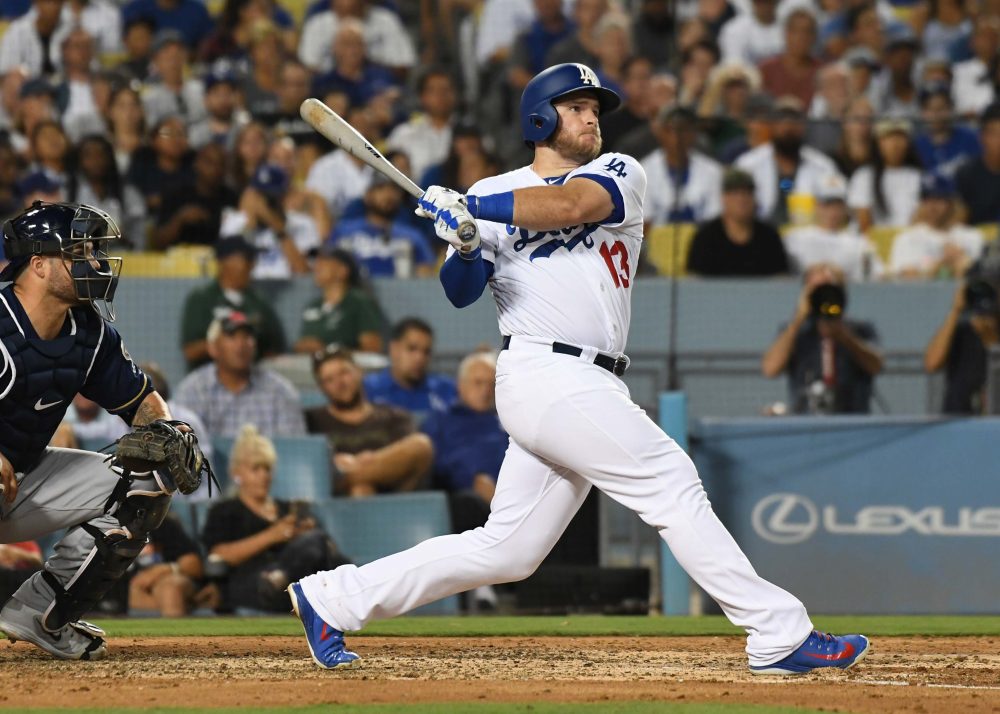
This article is part of the launch for Baseball Prospectus’ new hitting statistic, Deserved Runs Created, which you can learn much more about here.

Here at Baseball Prospectus, we’re constantly working to push the envelope in baseball understanding. At present we do a lot of things very well: our Short Relief series includes some of the most poetic and thoughtful language on the sport today, our minor-league coverage stands up to any outlet, and our fantasy coverage is essential. Of course, many people came to BP originally—and stay here today—because of our mission to push forward the bounds of public statistical analysis in baseball.
For those of you in that camp, today will be a good day.
We’re excited to release our newest hitting metric: Deserved Runs Created Plus (DRC+). Developed by Jonathan Judge and the Baseball Prospectus Research and Development team, DRC+ is new to the site, and will be taking the place of True Average as the primary holistic measurement of offensive ability here at BP. If you want to know how valuable a baseball player is when they’re standing at the plate, this is your place to start.
What is DRC+?
Simply put, DRC+ measures all of a player’s contributions at the plate. The model digs beneath play outcomes to isolate how much of the outcome should be credited to the hitter, then weighs those contributions on the value he provided to the team. Then, the DRC+ model adjusts for context, which include factors like which park the hitter played in and how good the opposing pitcher is. Lastly, DRC+ is scaled so a score of 100 equals league-average performance.
This means DRC+ tells you quickly how valuable a hitter’s overall offensive performance is.
What makes DRC+ different from other offensive metrics is breadth and scope. Without getting too deep into the details (that’s the job of a different article), this metric has to carefully weight the events that take place as the result of any given plate appearance. A single is more valuable than a walk, but less valuable than a triple. Strikeouts are bad, but grounding into a double play is worse. But players may hit more triples than average if they play in Kansas City, and hitters who have to face Jacob deGrom regularly deserve more credit for their successes against him than they might when facing Andrew Cashner.
DRC+ uses a mixed-model approach to deal with several contextual variables that affect the hitter’s performance, and assign an expected value to the player’s performance that neutralizes those factors. All of this calculation takes place “behind the scenes”—though the process and the different DRC+ components are publicly available—and leaves us with a number of Deserved Runs Created (DRC). The final step is to scale that DRC number to league average, where 100 is average … at least for non-pitchers.
How Do I Use DRC+?
Dodgers super-utility man Chris Taylor had a DRC+ of 100 last season, which means he was a league-average hitter. Taylor’s teammate, Max Muncy, had a DRC+ of 150 during the same season; his performance was 50 percent better than league average. That makes him one of the best hitters of the 2018 season on a rate basis. (Only a handful of hitters posted better marks, and all of them played in the American League.)
On the other hand, Athletics catcher Jonathan Lucroy had a DRC+ of 80, which is lower than both Taylor and Muncy. His DRC+ indicates that he was 20 percent worse than league average over his season. It’s that simple! The bigger the number, the more valuable the hitter’s performance should have been.
Why Should I Use DRC+?
Maybe you’re thinking: “Great, but what’s the point? Why use this instead of batting average or OPS or wRC+?”
Here’s the reason why: DRC+ is more accurate, descriptive, and predictive than any other public-facing statistic when we talk about all of offensive performance.
Judge makes the compelling case in his article on the topic, but our measurements tell us that DRC+ better predicts a player’s future performance than any other major hitting stat, while also giving us the clearest picture of their performance in the moment.
Not only that, it’s pretty easy to compare DRC+ scores in different years or eras. The league-average baseline for stats like batting average or home runs changes over time, but a DRC+ of 100 means roughly the same thing whether it’s 1962 or 2018.
Where Can I Find Out More?
You can read up on DRC+ in greater depth from the mouth of its progenitor: Jonathan Judge has two intriguing articles up on the site today: the first is about how DRC+ works, and the second is about why you should care about DRC+. Both of these pieces are integral to getting the fuller understanding behind this new metric.
We’ve also launched a brand-new Showcase page for DRC+, complete with a quick video on what DRC+ is, and how to find it on the site. (Think of it as a TL;DR version of this article, with more visuals!)
We’re also featuring plenty of articles on DRC+ throughout this week, and you can expect even more in the future. Our staff will demonstrate how they use DRC+ in their analyses, what the DRC+ leaderboards can tell us, and other fascinating stuff. And, of course, DRC+ will now be visible on all of our player pages right where True Average used to be. (Also, BP’s batting WARP metric has been revised to include DRC+!)
DRC+ is something that has the staff very excited here at Baseball Prospectus, and we hope you share our enthusiasm. We look forward to hearing from you about any questions you might have, thoughts on our methodology, or fun facts that you’ve uncovered using DRC+.
Thank you for reading
This is a free article. If you enjoyed it, consider subscribing to Baseball Prospectus. Subscriptions support ongoing public baseball research and analysis in an increasingly proprietary environment.
Subscribe now